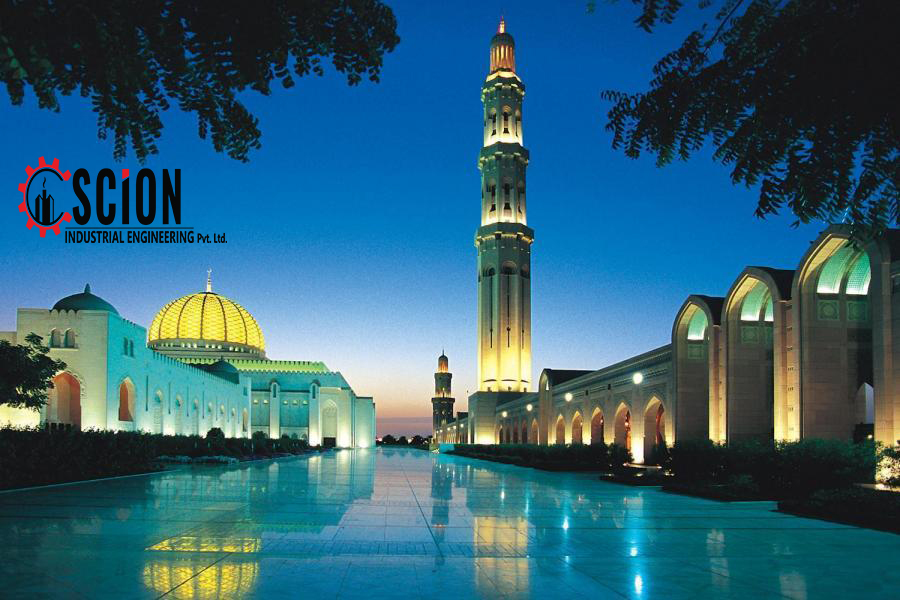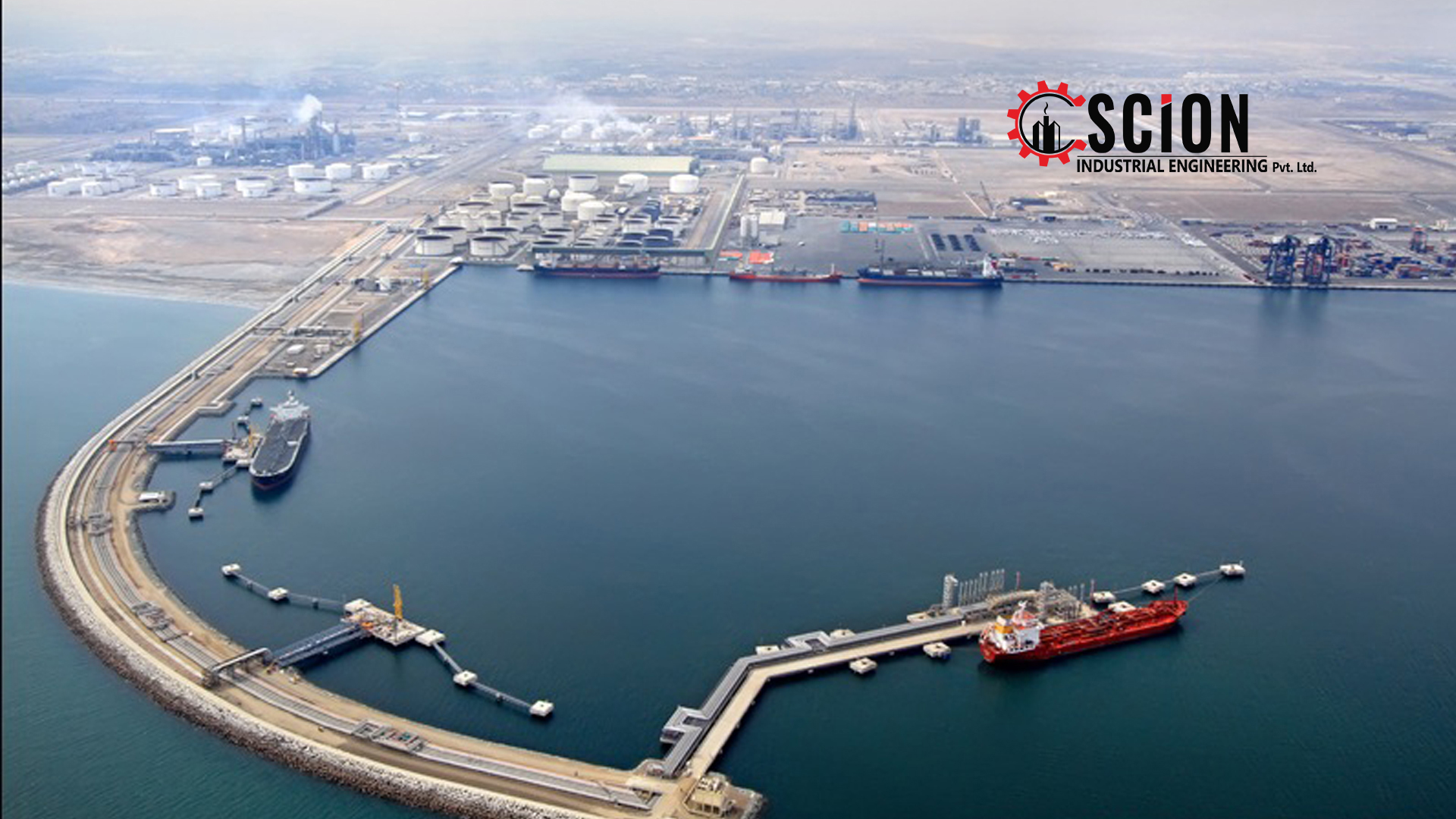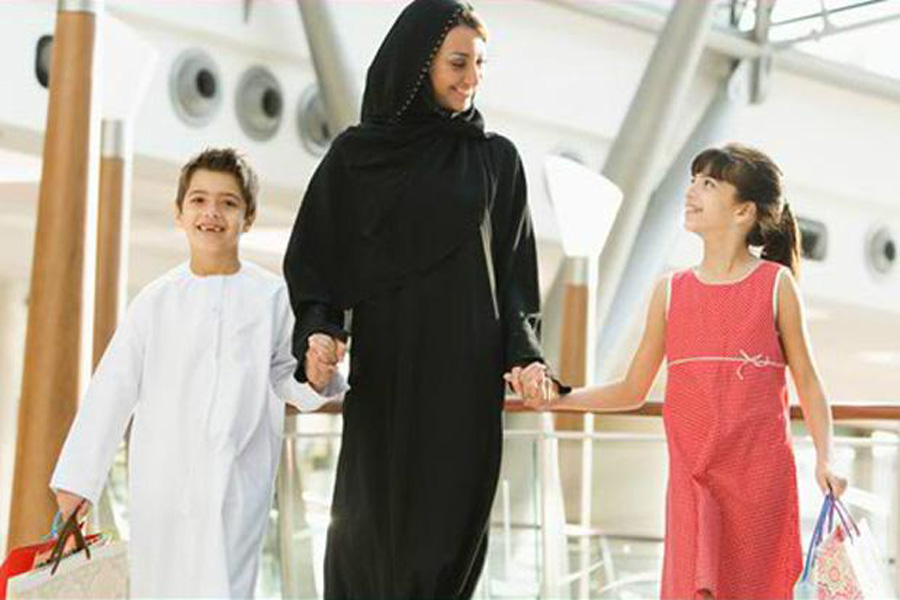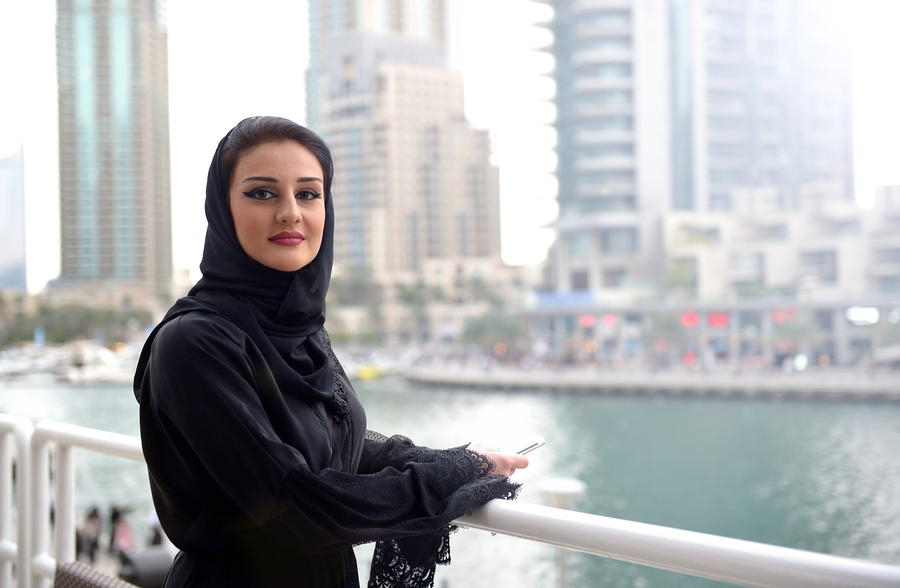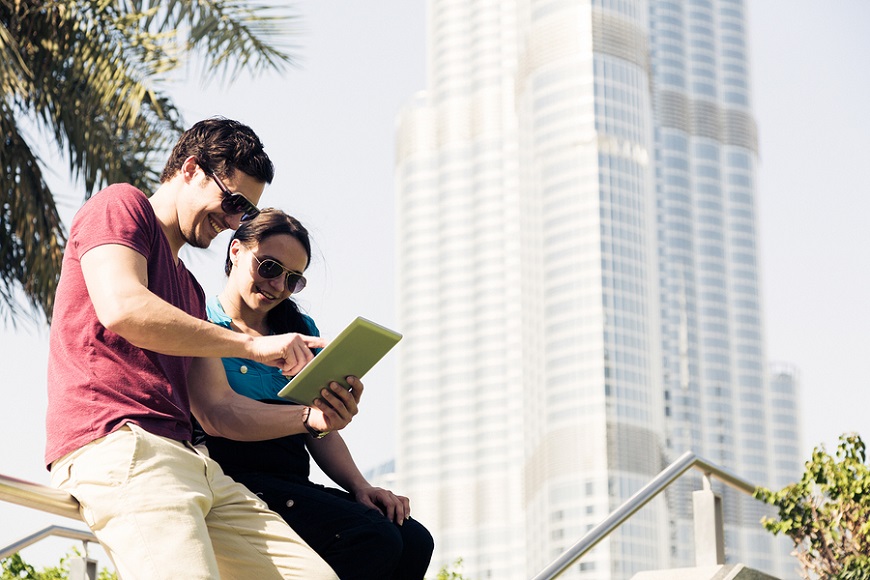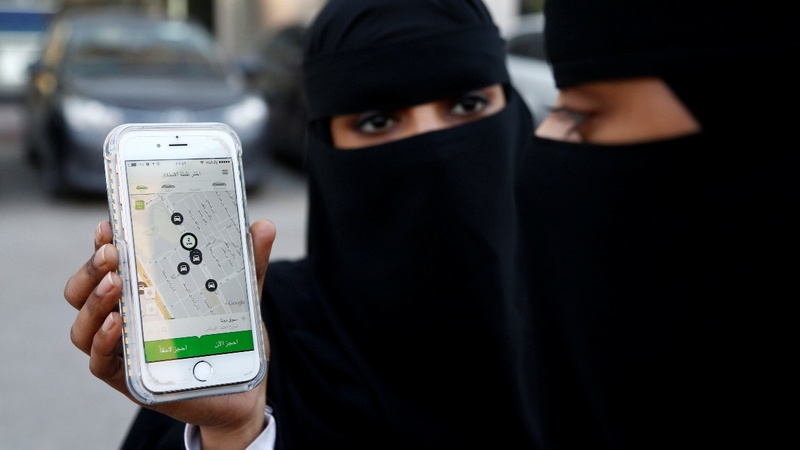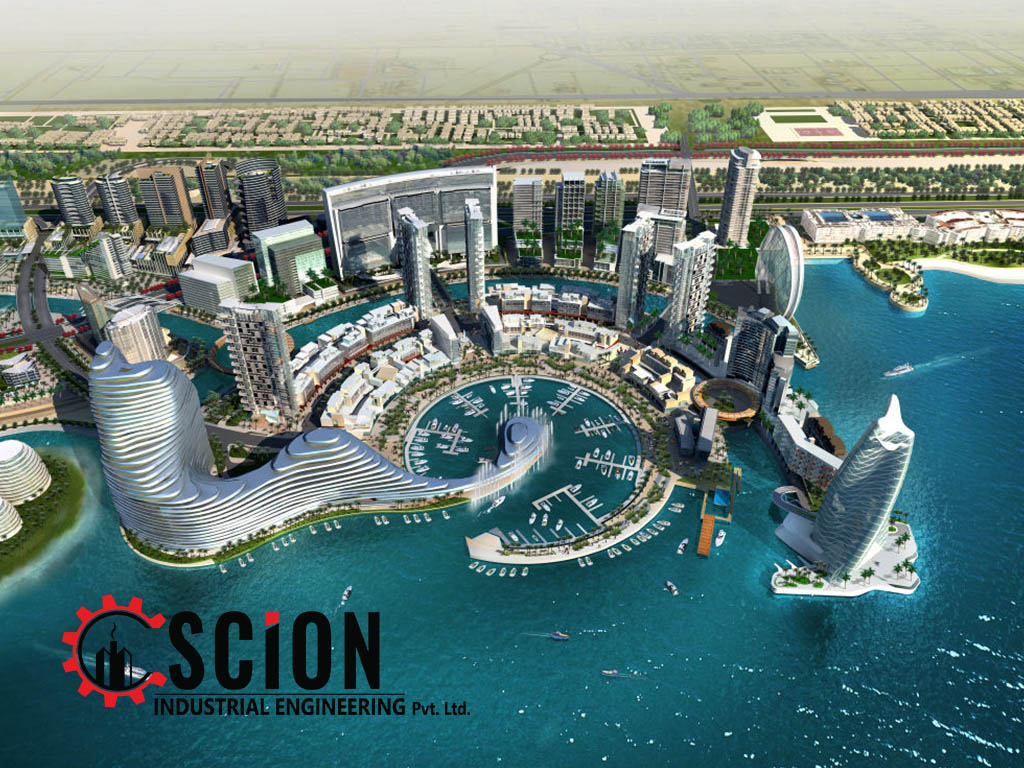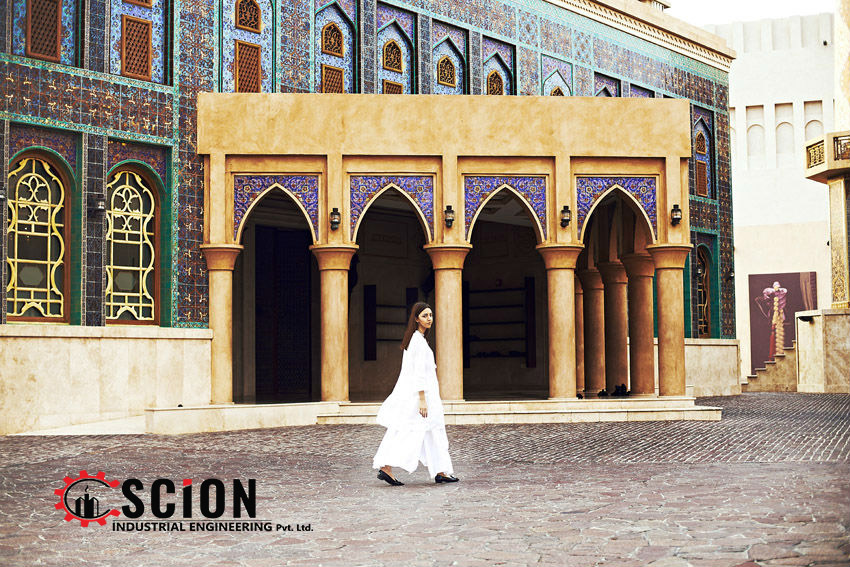Tourism arrivals to Oman will increase at a compound annual growth rate (CAGR) of 13 percent between 2018 and 2021, according to a new report.
The Colliers International data, released ahead of Arabian Travel Market 2018 (ATM), which takes place at Dubai World Trade Centre next month, predicts the rise will be fuelled by visitors from across the GCC, who accounted for 48 percent of guests in 2017.
In addition, arrivals from India (10 percent), Germany (6 percent), the UK (5 percent) and Philippines (3 percent) are also expected to contribute heavily to the growth, supported by new visa processes and improved flight connections, the report said.
Historically, the Middle East has been the largest source market for Oman, with arrivals from this group increasing at an annual rate of 20 percent between 2012 and 2017, it added.
Simon Press, senior exhibition director, ATM, said: “The latest data demonstrates the growth in visitors to Oman will continue, supported by strategic investment from the government as it turns to tourism to diversify its income streams.
“Oman is a fantastic destination with responsible, eco, cultural and heritage attractions, as well as being a key travel hub, with significant opportunity to capitalise on transit itineraries for stopover visitors.”
Accommodating the predicted influx, a number of major hotel chains have recently announced properties in Muscat, driving the 12 percent CAGR over the next three years – from 10,924 rooms in 2017 to 16,866 keys in 2021.
Supply in Muscat is dominated by five-star properties, accounting for 21 percent, and four-star, accounting for 24 percent.
Press said: “With strong existing demand from GCC leisure and business travellers, Oman is preparing for even more 4- and 5-star guests over the coming years as work completes on the Oman Exhibition and Convention Centre and Muscat Opera. Occupancy could rise by as much as 5 percent in 2018, so Oman really is one to watch.”
Complementing its hotel pipeline, Oman has made significant investments in other tourism infrastructure, including airports, the report said, adding that expansions at Muscat and Salalah International Airports pushed passenger figures to 12 million and 1.2 million in 2016.
Source:http://www.arabianbusiness.com/travel-hospitality/391937-oman-forecast-to-see-double-digit-growth-in-tourists-to-2021

